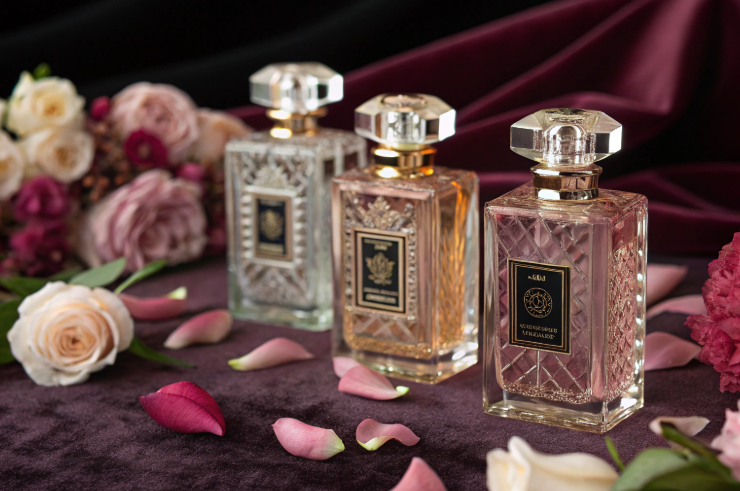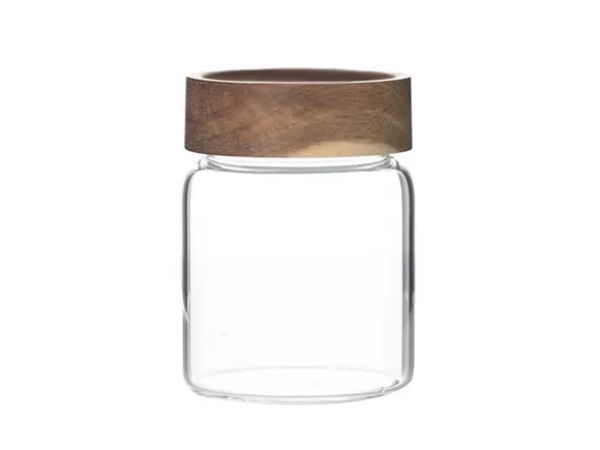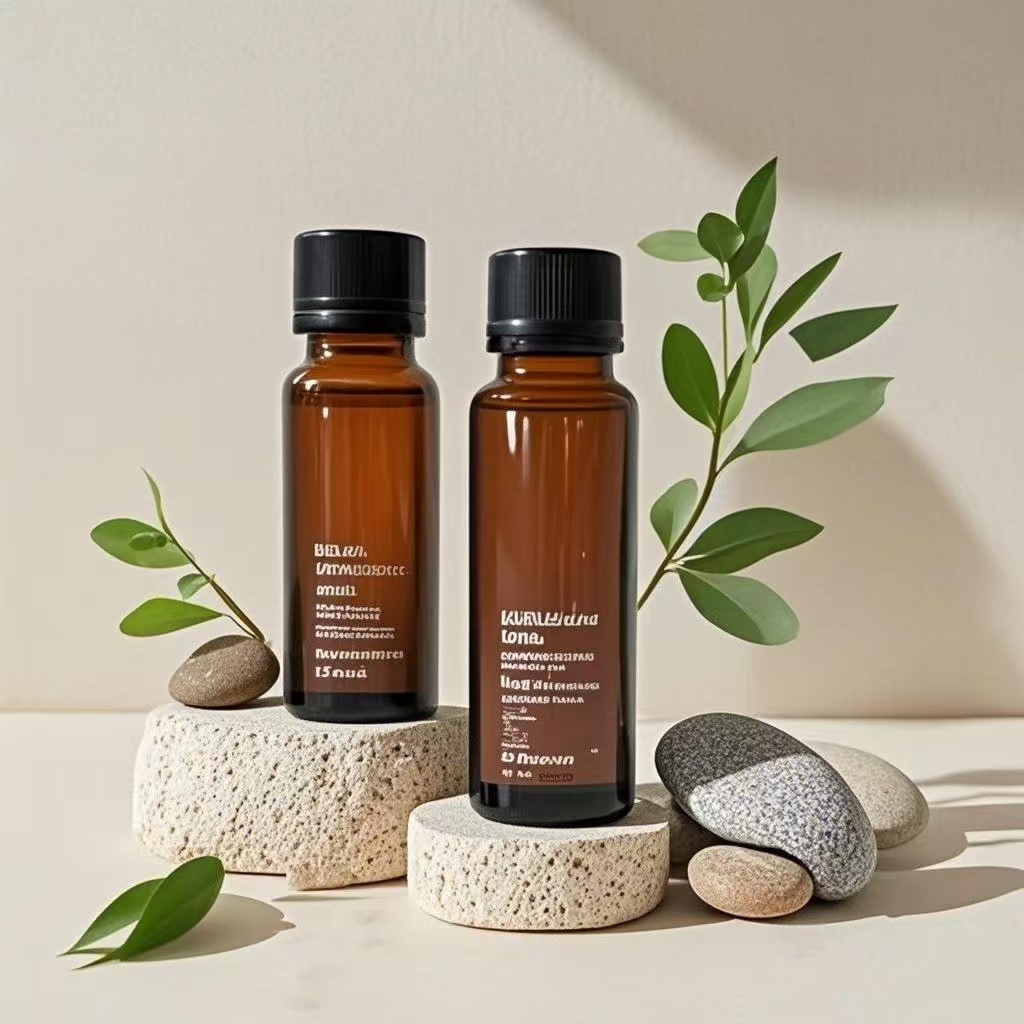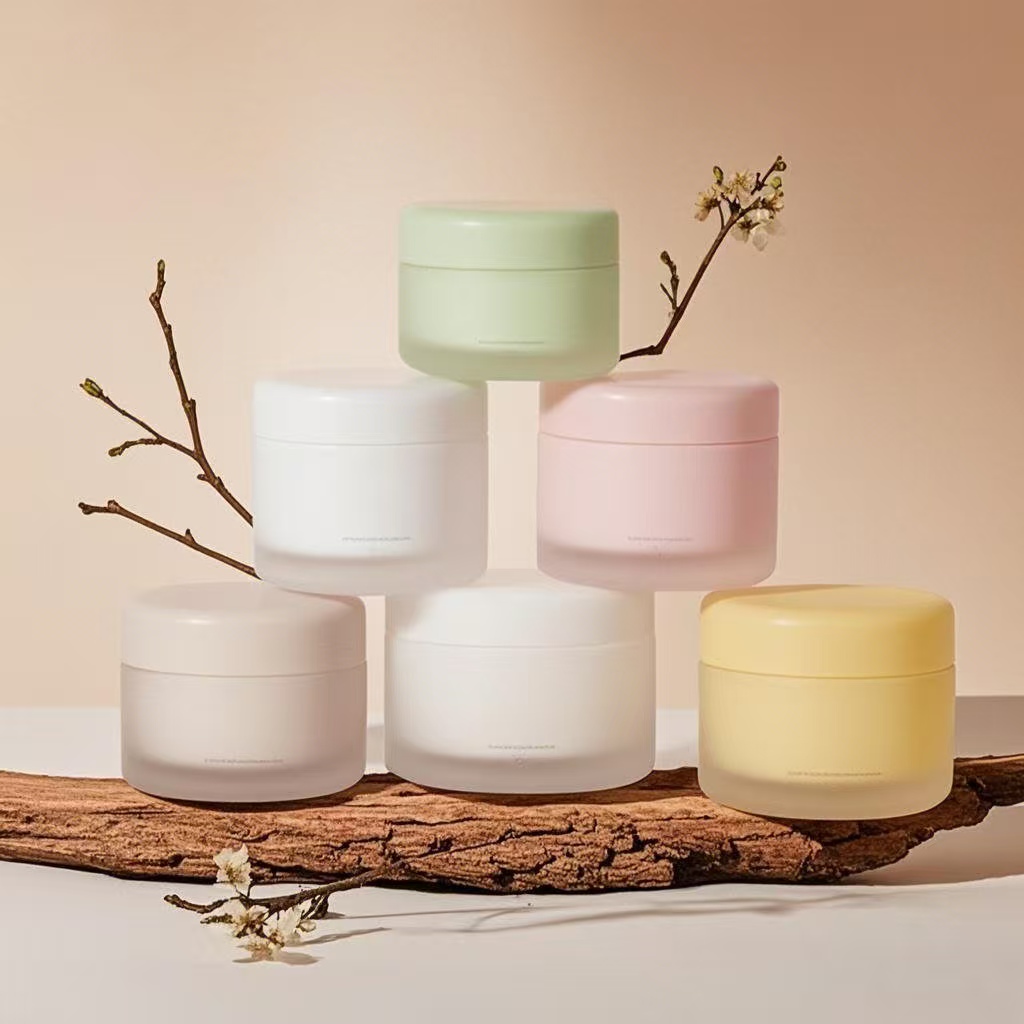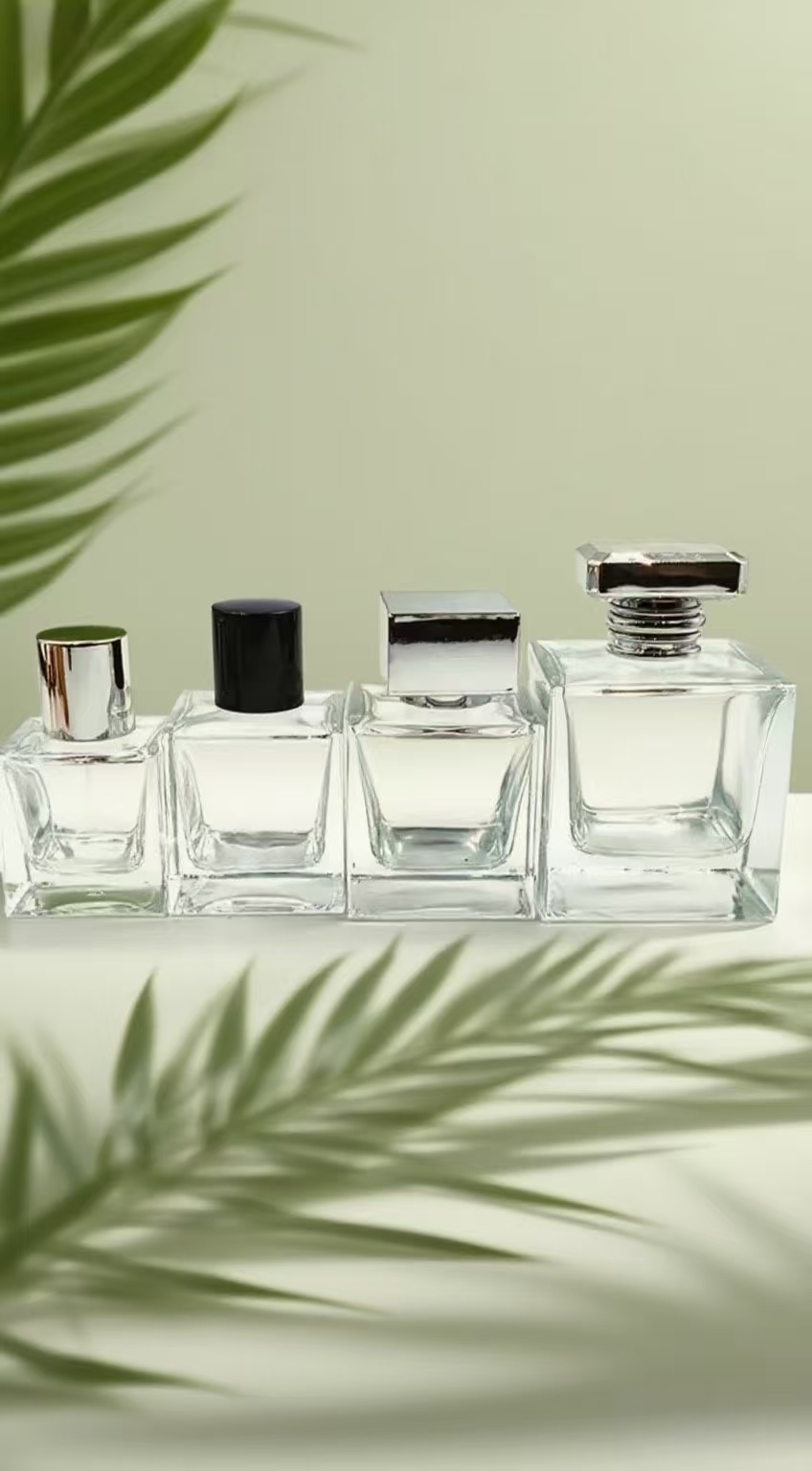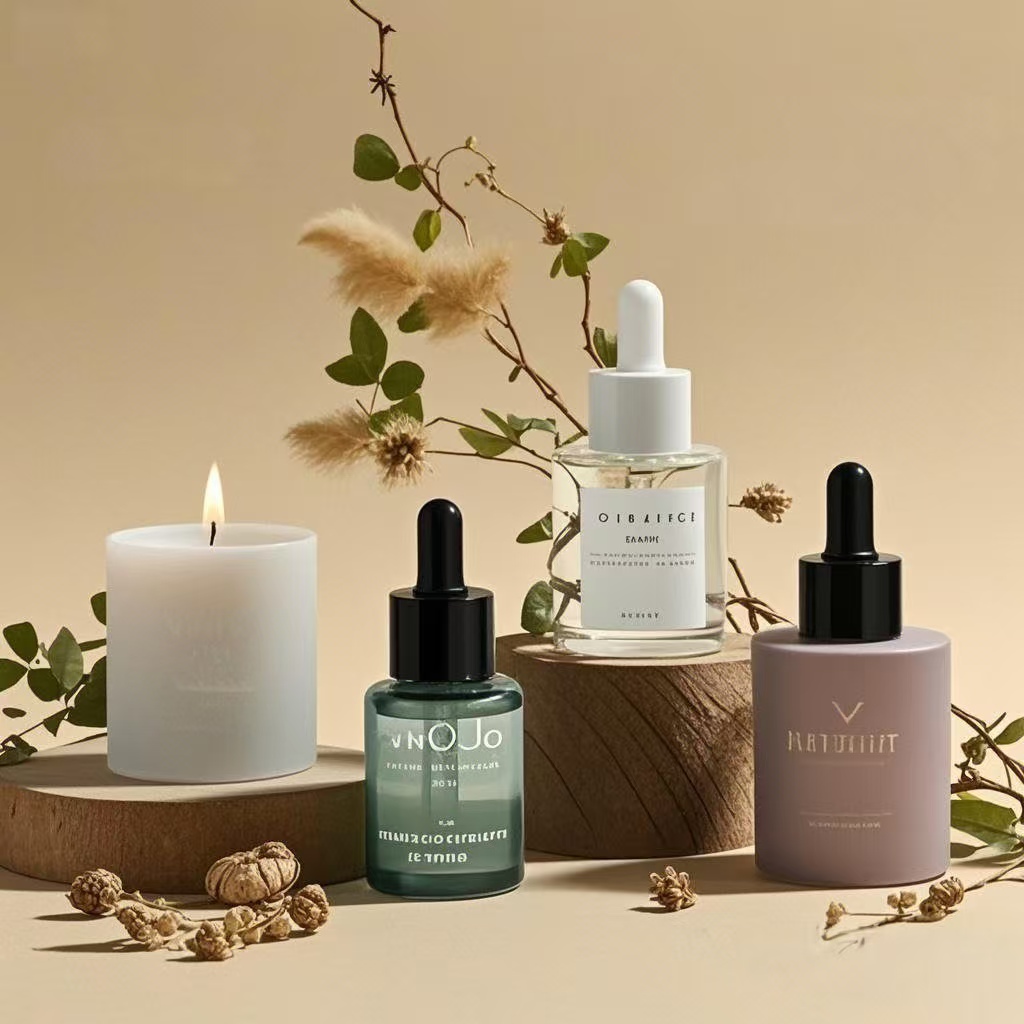Perfume is an art and a science—a unique blend of aromatic oils, alcohol, and water that creates a personal signature scent. Instead of spending a fortune on commercial perfumes, you can craft your own custom fragrance at home. Making perfume allows you to express creativity, control ingredients, and create a scent that is truly yours. This guide explains the step-by-step process of making perfume, from selecting ingredients to bottling the final product. We also highlight the importance of quality packaging in preserving your fragrance, featuringwww.paupacking.com, a trusted provider of premium customperfume bottlesand packaging solutions.
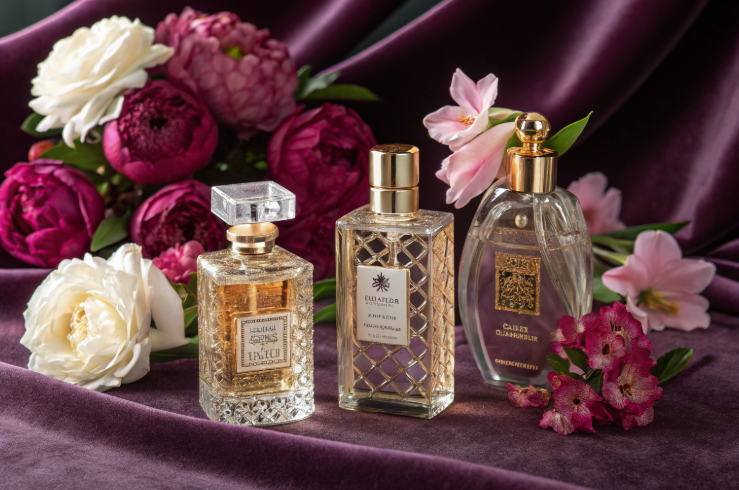
What You Will Need
Ingredients
-
Alcohol:High-proof vodka or Everclear (the higher the alcohol percentage, the better for scent preservation)
-
Essential Oils:Pure essential oils or fragrance oils for scent creation
-
Distilled or Spring Water:For dilution and balance
-
Glycerine:A few drops to help preserve the fragrance and add smoothness
Tools and Materials
-
Glass mixing jar or beaker
-
Measuring spoons or cups
-
Droppers or pipettes for precise oil measurement
-
Funnel for bottling
-
Clean, sterilized glass bottles (preferably colored to protect scent)
-
Aluminum foil or wrapping paper (to shield clear bottles from light)
-
Paper and pencil for recipe notes
Using quality bottles and packaging fromwww.paupacking.comensures your perfume stays fresh and protected from environmental damage.
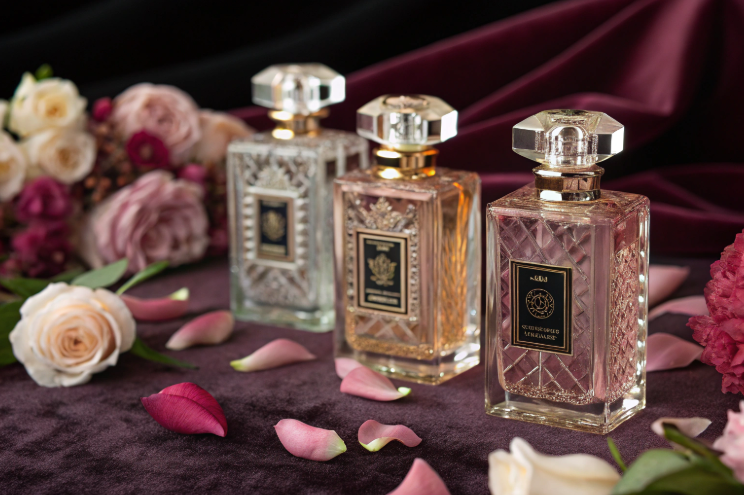
Understanding Perfume Notes and Families
Perfumes are structured in three layers called notes, which unfold over time:
| Note Type | Description | Examples |
|---|---|---|
| Top Notes | Initial scent, light and volatile | Lemon, bergamot, peppermint, grapefruit |
| Middle Notes | Heart of the fragrance, longer lasting | Lavender, rose, coriander, geranium |
| Base Notes | Deep, lasting foundation | Sandalwood, patchouli, vetiver, amber |
Fragrances are also grouped into families such as floral, oriental, woody, and fresh. Combining scents from related families creates harmony in your perfume.
Step-by-Step Guide to Making Perfume
Step 1: Prepare Your Bottles
Sterilize your bottles and jars thoroughly by washing and drying them or using a dishwasher. Clean containers prevent contamination and preserve fragrance integrity.
Step 2: Add the Alcohol Base
Measure about 1/4 cup of vodka or Everclear and pour it into your mixing jar. Alcohol acts as a solvent, carrying the scent and helping it evaporate when applied.
Step 3: Add Your Essential Oils
Begin with your base notes, then add middle notes, and finally top notes. This layering mimics natural scent evolution.
-
Start by adding approximately 15-25 drops of base note oils.
-
Add 10-15 drops of middle note oils.
-
Finish with 5-10 drops of top note oils.
Swirl gently after each addition and smell to monitor the developing fragrance. Adjust quantities as desired, noting down each oil and drop count for replication.
Step 4: Let the Perfume Age
Seal the jar and store it in a cool, dark place for at least 48 hours, ideally up to a month. Aging allows the oils to blend and the scent to mature. After aging, smell the perfume and tweak the formula if needed, then age again.
Step 5: Dilute with Water and Add Glycerine
Add about 2 tablespoons of distilled or spring water to dilute the mixture. For a spray perfume, add more water as needed. Add approximately 5 drops of glycerine to help preserve the scent and add smoothness.
Step 6: Bottle Your Perfume
Using a funnel, pour the perfume into your sterilized bottles. If using clear glass bottles, wrap them with aluminum foil or decorative paper to protect from light, which can degrade the fragrance.
Step 7: Label and Decorate
Create a label with your perfume’s name and ingredients. Personalize the bottle with decorations or custom packaging to make your perfume unique.
Table: Basic Perfume Recipe Ratios
| Component | Typical Ratio (by volume) | Purpose |
|---|---|---|
| Alcohol | 70-80% | Solvent, scent carrier |
| Essential Oils | 15-25% | Fragrance, scent complexity |
| Distilled Water | 5-10% | Dilution, balance |
| Glycerine | 0.5-1% | Preservation, smoothness |
Tips for Successful Perfume Making
-
Use high-quality, pure essential oils for the best scent and skin safety.
-
Keep detailed notes of your formulas for consistency and adjustments.
-
Experiment with different scent families to discover unique combinations.
-
Avoid overloading with top notes; they evaporate quickly and can overpower.
-
Allow adequate aging time for the scent to mature fully.
The Importance of Packaging:www.paupacking.com
Packaging is crucial for perfume preservation and brand identity.www.paupacking.comoffers premium customperfume bottlesand packaging solutions that:
-
Use UV-protective glass to shield fragrance from light damage
-
Feature airtight seals to prevent evaporation and oxidation
-
Employ eco-friendly, sustainable materials without compromising quality
-
Provide customizable designs to enhance consumer appeal and product differentiation
Choosing quality packaging fromwww.paupacking.comensures your homemade or branded perfume maintains its integrity and impresses customers with its presentation.
Advanced Perfume Making Considerations
Natural vs Synthetic Oils
Natural essential oils offer authentic aromas but may be more volatile and allergenic. Synthetic fragrance oils provide consistency, longer shelf life, and a broader scent palette.
Perfume Concentrations
-
Parfum (Extrait):20-30% fragrance oils, richest and longest-lasting
-
Eau de Parfum (EDP):15-20% oils, balanced longevity and intensity
-
Eau de Toilette (EDT):5-15% oils, lighter and more refreshing
-
Eau de Cologne:2-5% oils, very light and short-lived
Adjust oil concentration based on desired perfume strength.
Safety and Skin Testing
Always perform a patch test to check for allergic reactions before applying perfume widely. Avoid photosensitive oils like bergamot if you expect sun exposure.
Table: Common Essential Oils and Their Scent Families
| Essential Oil | Scent Family | Typical Use in Perfume Notes |
|---|---|---|
| Lavender | Floral | Middle note |
| Bergamot | Citrus | Top note |
| Sandalwood | Woody | Base note |
| Patchouli | Earthy | Base note |
| Rose | Floral | Middle note |
| Lemon | Citrus | Top note |
| Vetiver | Woody | Base note |
| Jasmine | Floral | Middle note |
| Peppermint | Fresh | Top note |
| Frankincense | Resinous | Base note |
Conclusion
Making your own perfume is a rewarding journey that combines creativity with chemistry. By carefully selecting ingredients, understanding scent composition, and following a structured process, you can craft unique fragrances that reflect your personality. Equally important is preserving your creation with high-quality packaging.www.paupacking.comoffers exceptional bottles and packaging solutions that protect your perfume’s scent and elevate its presentation. Whether for personal use or commercial launch, combining craftsmanship with premium packaging ensures your perfume stands out and lasts.
Enjoy the art of perfume making and embrace the luxury of your own signature scent!




